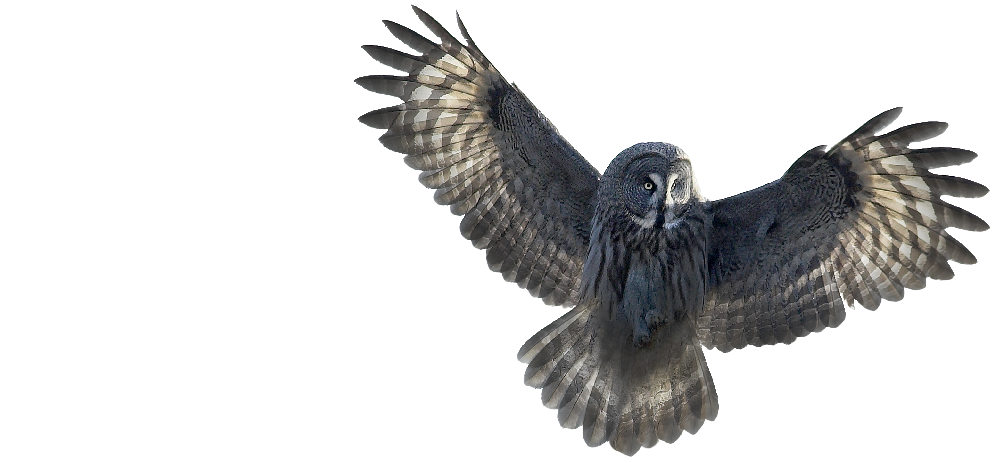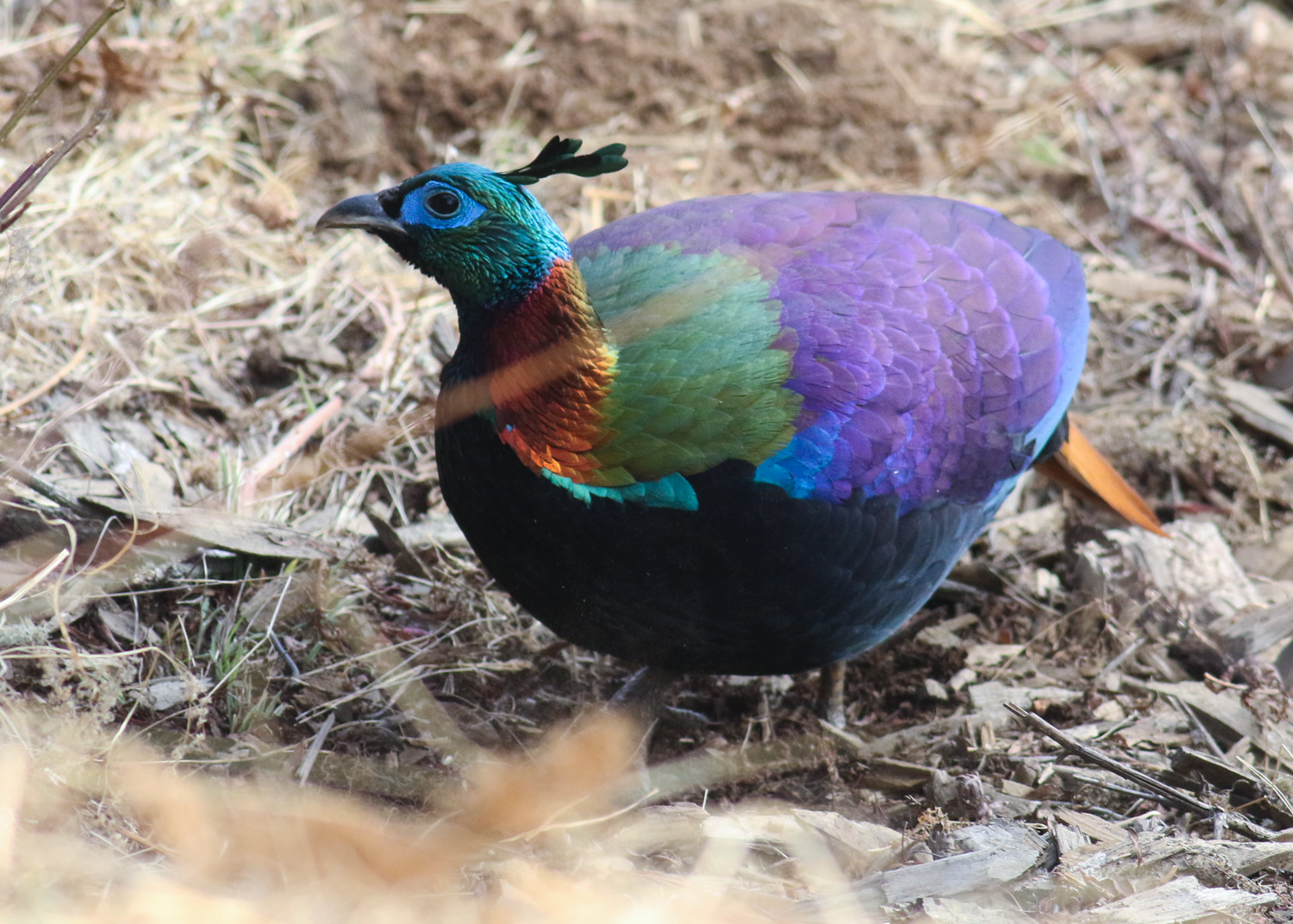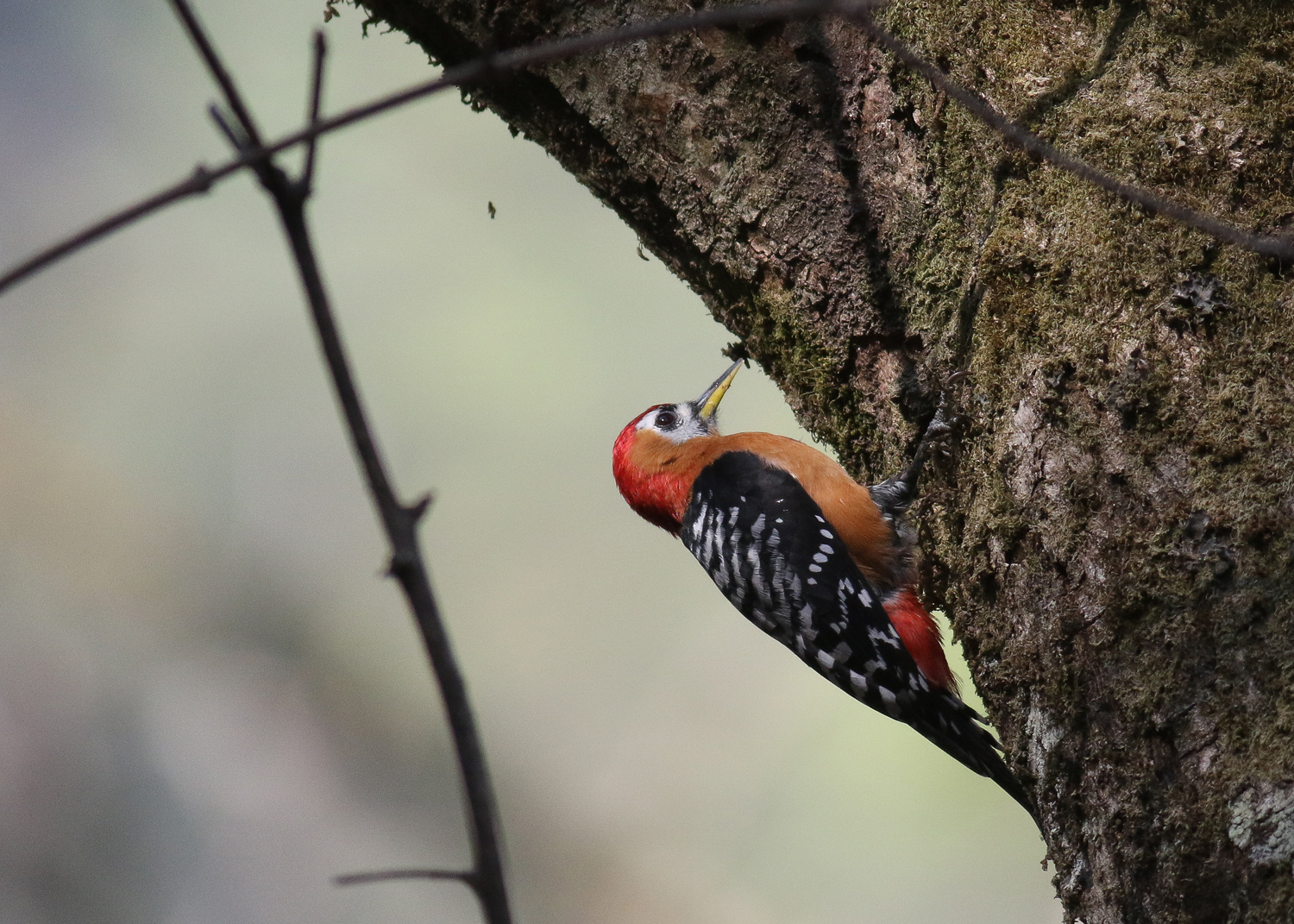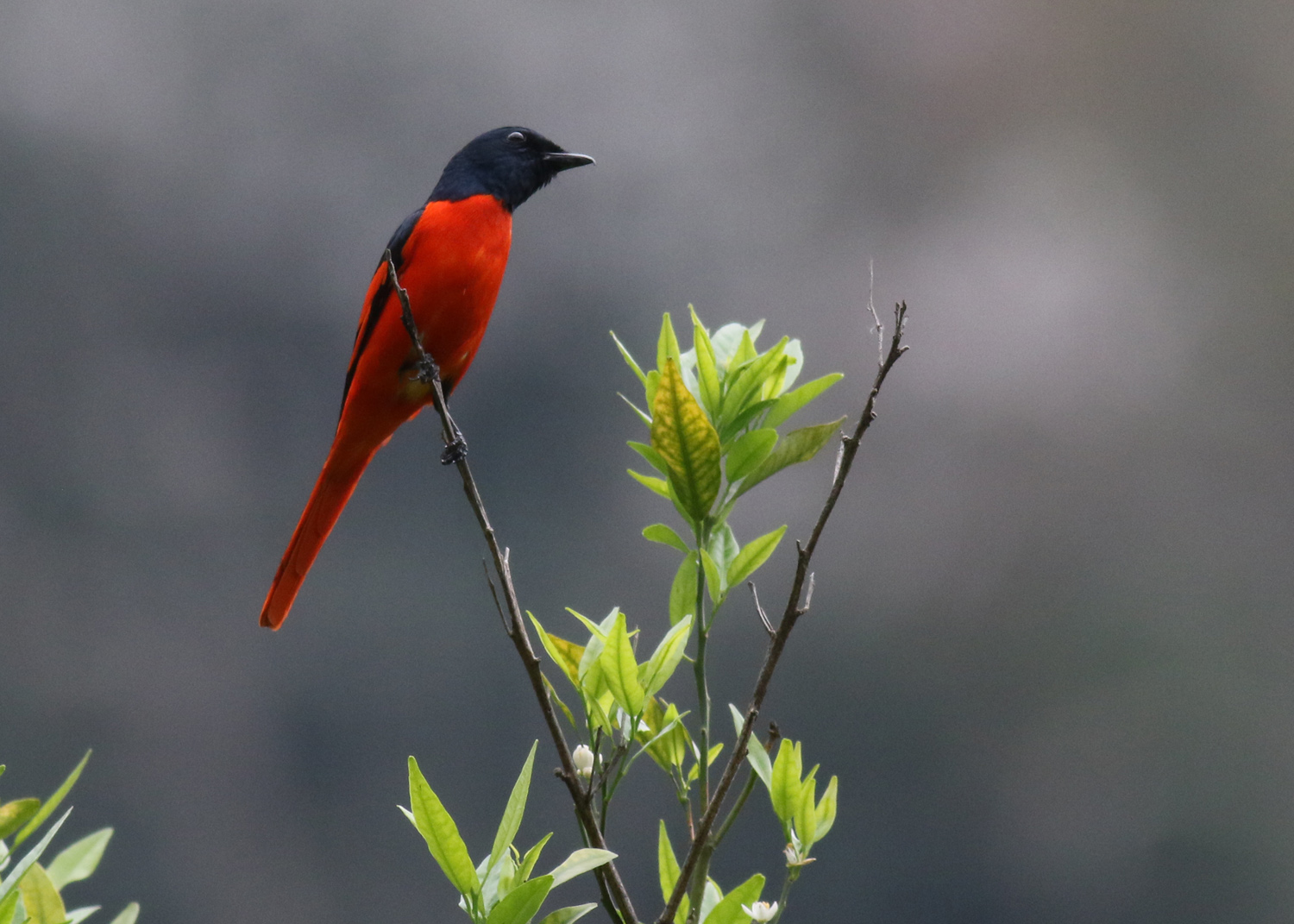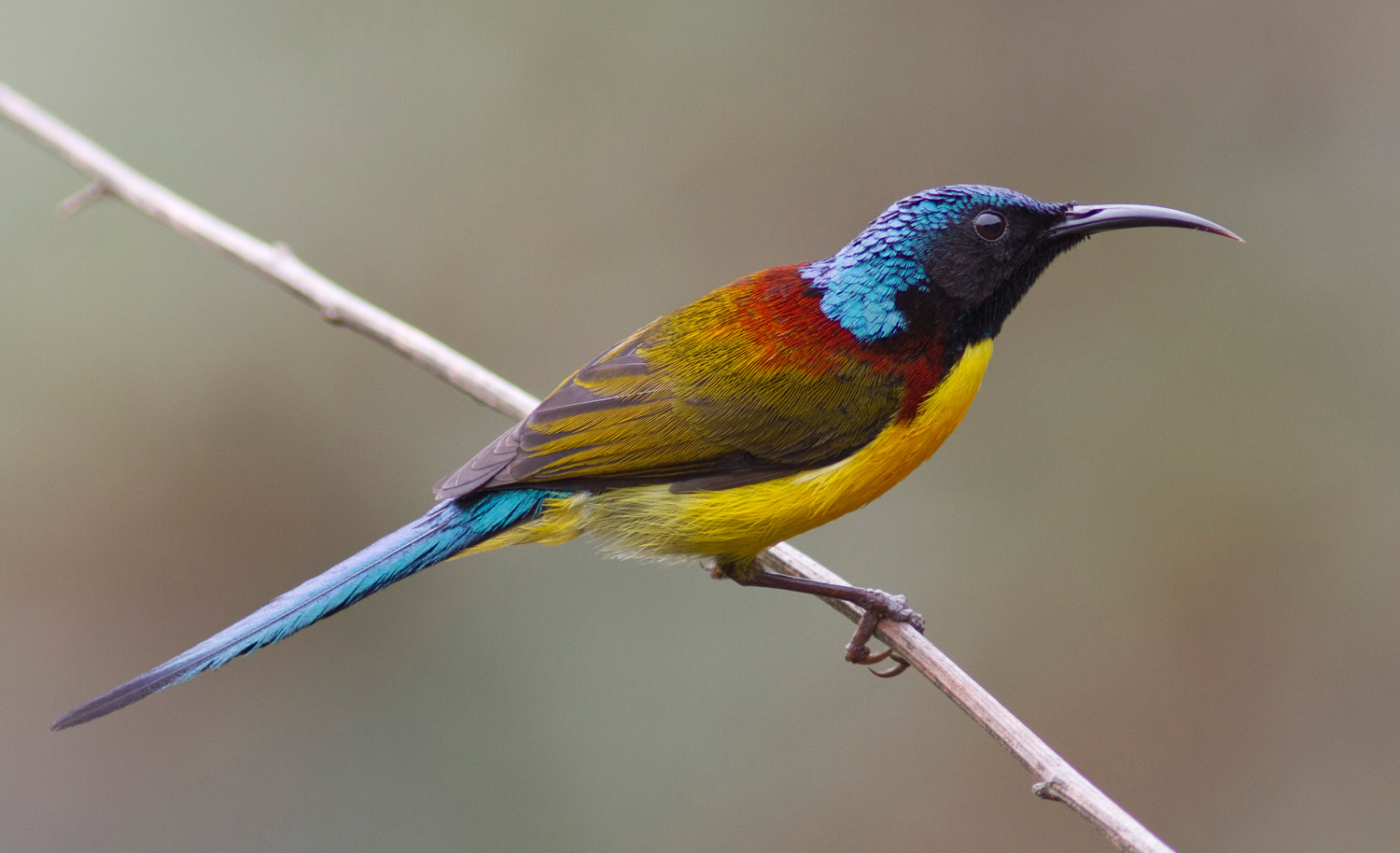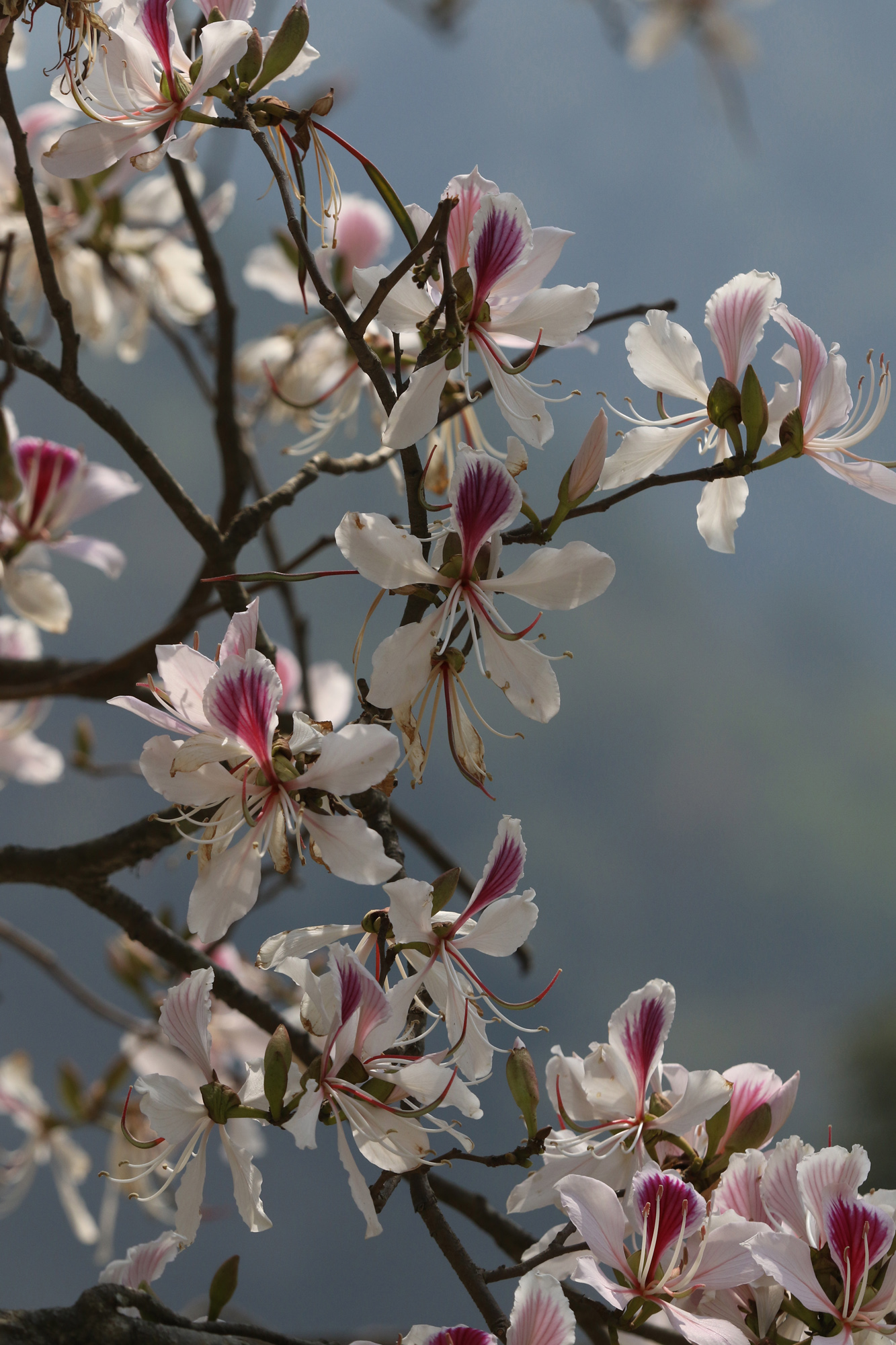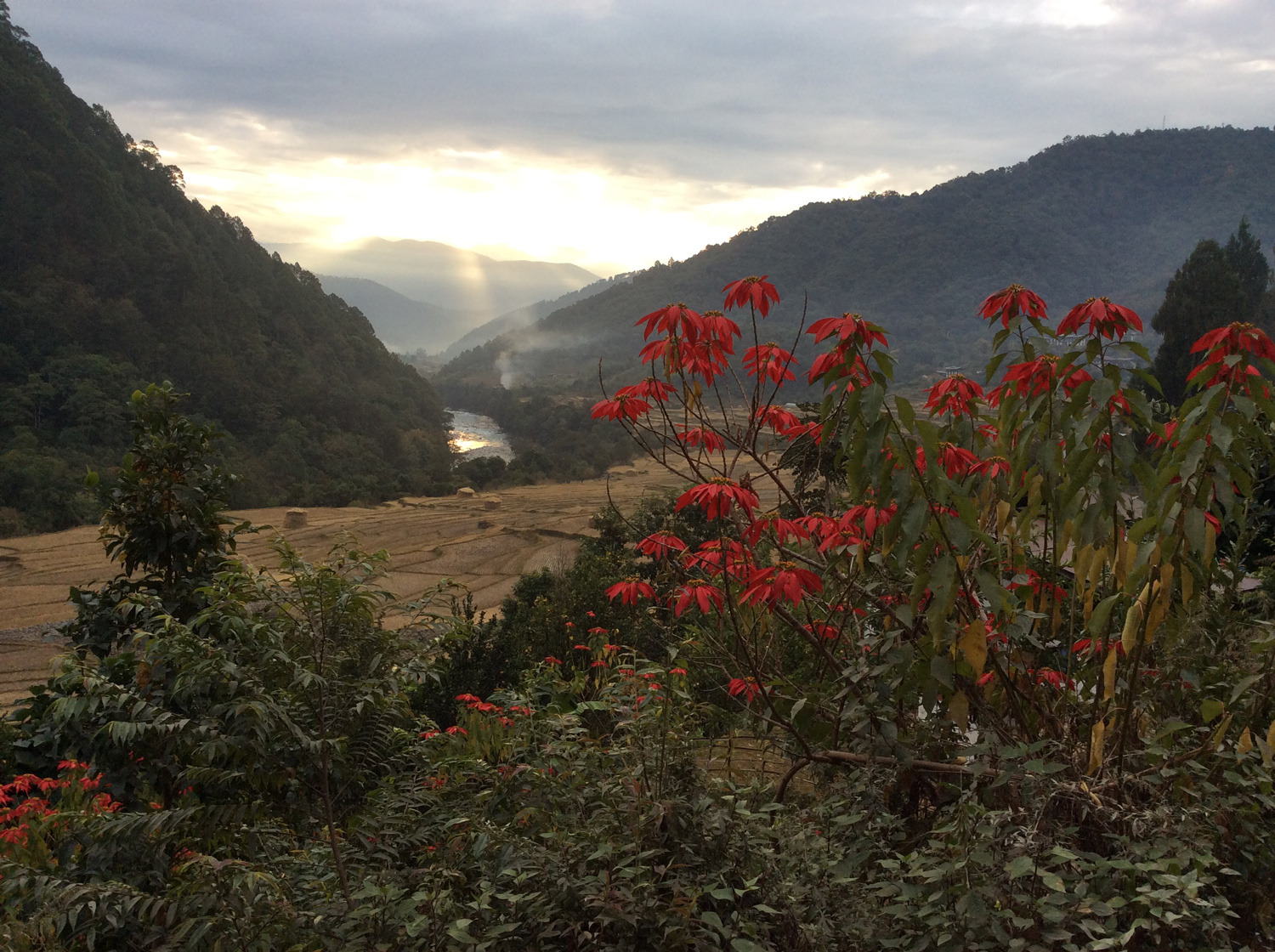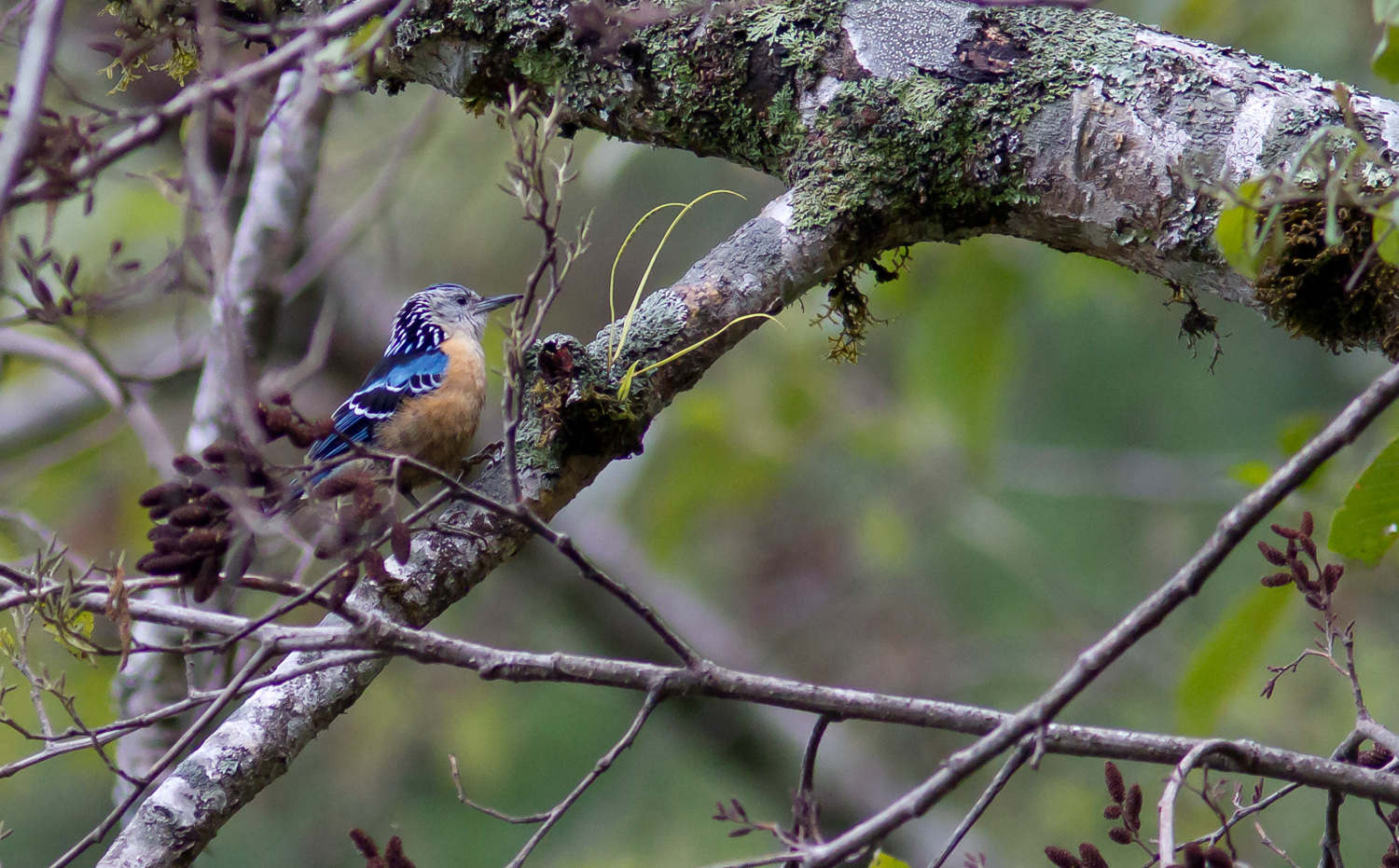Bhutan
4 – 24 april 2024
Bhutan
4 – 24 april 2024
4 – 24 april 2024
Price: 75.775 SEK /person (flight not included)
Single room supplement: 5.500 SEK / person
Himalayan Monal / Satyr Tragopan / Blood Pheasant / Beautiful Nuthatch / Wards Trogon / Rufous-necked Hornbill / White-bellied Heron / Colobinae / Macaques / Red panda
Bhutan – The crown jewel of the eastern Himalayas
Few countries are as mythical and still relatively unknown as Bhutan. Few countries are as unique in terms of both nature and culture, architecture and folklore. The birdlife is also exceptional. Bhutan is traditionally linked to Tibet, and here, Buddhism – like Tibetan Buddhism – is the fundamental philosophy that venerates all living beings and also influences the view of animals and nature. Few areas in Asia have as many untouched forest areas. Bhutan likely has the largest continuous subtropical forests in Asia, a result of a long-term conservation strategy where the king himself is visionary. There is also no commercial logging here. We are taking a tour where we will see a significant part of this exciting and beautiful country.
…here, Buddhism is the fundamental philosophy that venerates all living beings and also influences the view of animals and nature.
…here, Buddhism is the fundamental philosophy that venerates all living beings and also influences the view of animals and nature.
You’re invited to book a wildlife trip with us!
Whether you choose to travel with us to a distant land or to photograph eagles from a photo hide, you can rest assured that we:

